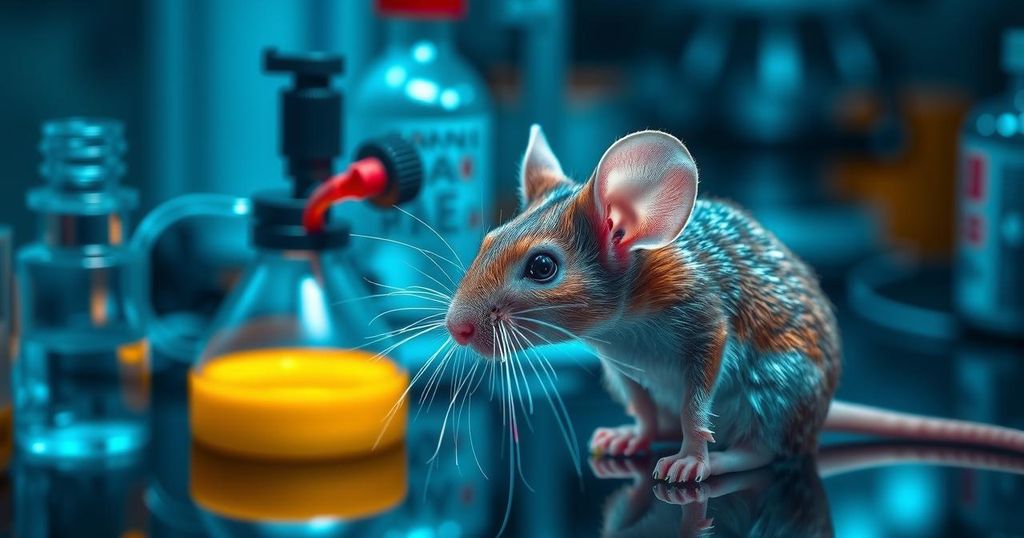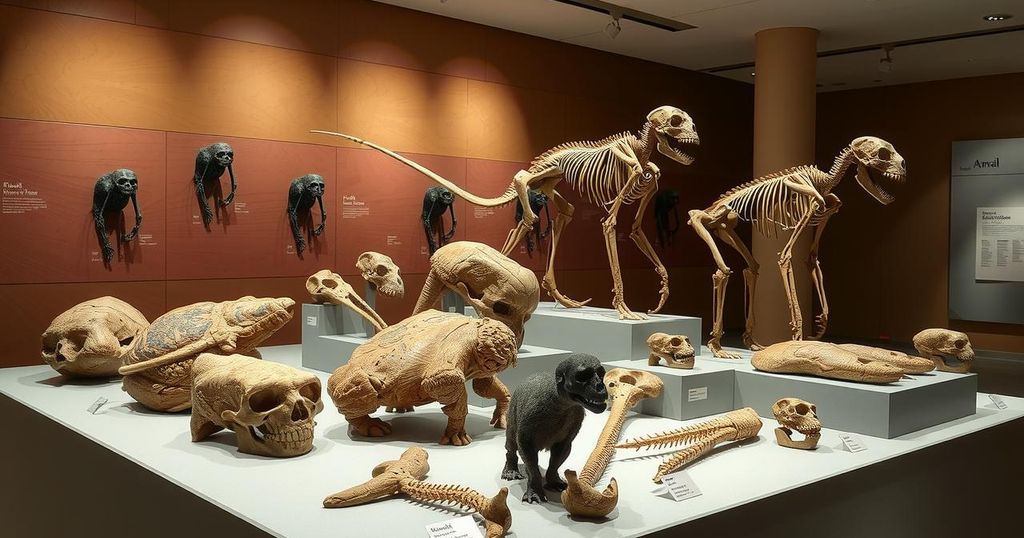Science
CALIFORNIA, IRVINE, CASALI, CLAIRE KOWALICK, CLINICAL TRIALS, EDUCATION, INSTITUTE FOR IMMUNOLOGY, JOE R, MEDICINE, NEW YORK, NORTH AMERICA, NS, NY, RESEARCH, RESEARCH PROFESSOR, SAN ANTONIO, SCIENCE, SUSTAINABILITY, TERESA LOZANO LONG, UNITED STATES, UNIVERSITY OF TEXAS HEALTH SCIENCE, WEILL CORNELL
Rajesh Choudhury
0 Comments
Innovative Discovery of TruHuX: The First Humanized Mouse Model with a Complete Immune System
Researchers at UT Health San Antonio have developed the first humanized mouse model, TruHuX, which features a fully functional human immune system. This promising development aims to overcome existing limitations of traditional mouse models in immune response research. The model will significantly advance the fields of immunotherapy, disease modeling, and vaccine development while potentially eliminating the need for non-human primate studies in some biomedical research.
In a groundbreaking innovation, researchers at The University of Texas Health Science Center at San Antonio have created the first humanized mouse model, called TruHuX, possessing a fully functional human immune system and a human-like gut microbiome. This unique model is capable of producing specific antibody responses, marking a significant advancement for biomedical research. Notably, this model presents an extraordinary opportunity to enhance the understanding and development of immunotherapies and disease modeling, paving the way for future breakthroughs in human health studies.
Led by Dr. Paolo Casali, the project aimed to address the limitations posed by previous models that failed to replicate a complete human immune response. Unlike earlier attempts that only produced rudimentary immune systems, the TruHuX mice, enriched through the introduction of human stem cells taken from umbilical cord blood and hormonal conditioning, showcase a mature and active immune system that can respond to vaccines and trigger autoimmune responses. At its core, this novel model seeks to replicate the intricate workings of human immunity, laying the groundwork for potential improvements in vaccine development and therapeutic testing.
The development of these humanized mice brings forth a new era of in vivo experimentation. Traditionally, research utilized mice that were inadequate predictors of human immune reactions due to mismatched genes. Casali and his team’s work represents a leap in fidelity, presenting mice that can mount sophisticated immune responses to challenges like Salmonella and SARS-CoV-2. This achievement not only holds promise for advancing cancer therapies and vaccine efficacy but also endeavors to eliminate the necessity for non-human primate experiments in immunological studies.
Research involving mouse models has been a cornerstone in understanding human biology, particularly in immunology. Historically, humanized mice have been created to study diseases like HIV, but these models often fell short of fully replicating human immune functions. The discovery of the TruHuX mouse model signifies a vital step forward, as researchers can now explore immune responses that closely mirror those seen in humans, thus enhancing the validity of the findings in biomedical research. This innovative model could transform how we understand complex diseases and the human response to immunotherapies.
The introduction of the TruHuX mouse model heralds a new chapter in biomedical research, providing scientists with the tools needed to study human immune responses in a more accurate and reproducible manner. With its robust immune system and ability to respond to various pathogens, this mouse model facilitates deeper investigations into the mechanisms of immunotherapy, paving the way for more effective treatments and vaccines in the future. The potential applications are vast, suggesting that the TruHuX model may play a pivotal role in advancing our understanding of human immunity and disease.
Original Source: news.uthscsa.edu




Post Comment